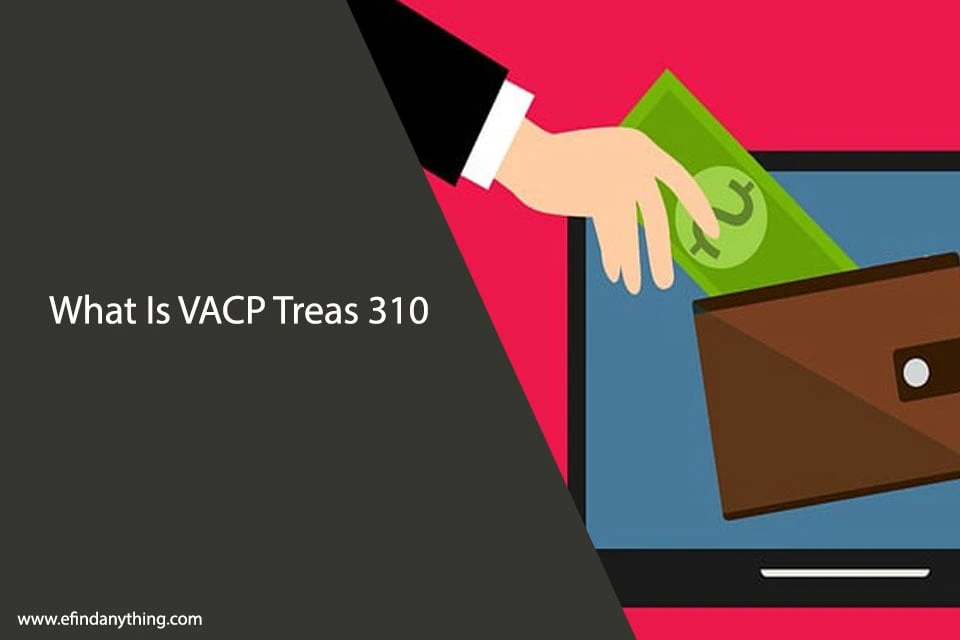
Klonopin, known generically as clonazepam, is a common benzodiazepine. Doctors prescribe it often for anxiety disorders and to control seizures. It calms the brain, helping many people find relief from distressing symptoms.
But relying on Klonopin for a long time can lead to physical dependence. When someone tries to stop taking it, a challenging process called withdrawal can begin. This is a serious medical issue that needs a doctor’s care.
Knowing about Klonopin withdrawal symptoms and available treatments can make a big difference. With the right help, you can successfully recover and move forward. A safe path to healing is within reach for anyone facing this tough journey.
Understanding Klonopin Withdrawal
What is Klonopin (Clonazepam)?
Klonopin belongs to a group of drugs called benzodiazepines. It works by boosting a natural brain chemical called gamma-aminobutyric acid (GABA). This action slows down brain activity. Doctors use it to treat panic attacks, seizure disorders, and certain anxiety conditions.
Why Does Klonopin Withdrawal Occur?
Your body gets used to Klonopin when you take it regularly. The brain’s GABA receptors change, needing the drug to feel normal. This creates a physical dependence. When Klonopin is stopped, these receptors become overactive. This sudden change causes withdrawal symptoms. Using Klonopin for a long time or in high doses makes withdrawal much harder. Stopping it suddenly also increases the risk of severe symptoms.
Common Klonopin Withdrawal Symptoms
Klonopin withdrawal can bring on a wide range of unpleasant symptoms. These affect both your body and your mind. They can feel very intense and scary for many people.
Physical Symptoms
Your body might react strongly to Klonopin withdrawal. You could experience tremors, which are uncontrollable shakes. Nausea and muscle aches are common complaints too. Your heart rate might speed up, and you may sweat more than usual. Headaches can also be a painful part of this process. Some people even report strange sensations like “brain zaps,” which are like brief electric shocks in the head.
Psychological Symptoms
The mind suffers during Klonopin withdrawal as well. Anxiety levels can soar, leading to intense panic attacks. Feelings of depression and irritability are very common. Many people struggle with severe insomnia, finding it impossible to sleep. Vivid or disturbing dreams often pop up when sleep finally comes. You might also notice trouble thinking clearly or focusing on tasks.
Protracted Withdrawal Symptoms
Some people find that withdrawal symptoms last longer than expected. These are called protracted withdrawal symptoms. They can linger for weeks, months, or even longer after the main withdrawal period. This extended period can include ongoing anxiety, sleep issues, or mood changes.
Klonopin Withdrawal Timeline and Severity
The Typical Withdrawal Timeline
The general path of Klonopin withdrawal symptoms follows a pattern. Symptoms often begin within one to three days after your last dose. They usually peak in intensity around one to two weeks. After this peak, symptoms slowly start to lessen. However, this timeline changes a lot from person to person.
Factors Influencing Withdrawal Severity
Many things can change how severe Klonopin withdrawal might be. No two people have the exact same experience. These factors play a big role in your personal journey.
Dosage and Duration of Use
Taking a higher dose of Klonopin for a long time greatly increases withdrawal severity. Your body forms a stronger dependence. This makes the removal of the drug more difficult. Lower doses used for a short time usually lead to milder symptoms.
Method of Discontinuation
Stopping Klonopin suddenly is very dangerous and makes withdrawal much worse. It can even cause seizures. A slow, gradual taper, guided by a doctor, helps to avoid these harsh reactions. This careful approach lessens the shock to your system.
Individual Physiology and Health
Your own body chemistry affects how you handle withdrawal. Genetics and metabolism play a part. Any other mental health conditions, like depression or anxiety, can also worsen symptoms. Your overall physical health also impacts your ability to cope.
Klonopin Tapering: The Safest Approach
The Importance of Gradual Tapering
Never stop taking Klonopin all at once. An abrupt stop is very risky and can cause severe, even life-threatening, withdrawal. A slow, supervised tapering schedule is the only safe way. This method allows your brain and body time to slowly get used to less medication. It helps minimize the harshness of withdrawal symptoms. Tapering helps your nervous system re-balance itself gently.
Creating a Personalized Tapering Schedule
Working closely with a healthcare professional is key to a successful taper. They will help create a plan that fits your specific needs. This plan will consider your Klonopin dose, how long you have taken it, and your personal health.
Working with a Healthcare Professional
Medical supervision is absolutely needed throughout the Klonopin tapering process. A doctor can track your symptoms and make sure you are safe. They can also offer support and adjustments as needed. Trying to taper on your own is risky and can lead to complications.
Understanding Tapering Methods
Doctors often suggest reducing your Klonopin dose by a small amount every few weeks. This might mean cutting your daily dose by 10% to 25%. Some plans use a liquid form of Klonopin for very small, precise dose drops. The goal is a steady, gentle decrease over time.
Monitoring and Adjusting the Taper
You will have regular check-ins with your doctor during the taper. You should tell them about any new or worsening symptoms. They can then adjust the tapering speed or dose. This ongoing communication makes sure the process stays as smooth and comfortable as possible. Patience is important for both you and your doctor.
Klonopin Withdrawal Treatment Options
Medical Detoxification
Medical detox offers a safe, structured environment for Klonopin withdrawal. Healthcare staff can watch you 24/7. They also provide medicines to make withdrawal symptoms easier to handle. This level of care can be crucial for your safety and comfort.
Inpatient Detox Facilities
Inpatient detox centers provide constant medical monitoring. You stay at the facility during the entire withdrawal process. This setup ensures immediate help if severe symptoms arise. It also removes you from daily triggers, letting you focus only on healing.
Outpatient Detox Programs
Outpatient detox lets you go through withdrawal at home. You attend regular medical check-ins and therapy sessions. This option works best for people with milder dependence. It also fits those with strong support systems at home.
Medications to Manage Withdrawal Symptoms
Doctors may use certain medications to ease specific Klonopin withdrawal symptoms. These medicines are not a cure for withdrawal itself. They simply help manage the discomfort you feel.
Symptom-Specific Medications
Your doctor might prescribe anti-nausea medicine if you feel sick to your stomach. Gentle sleep aids could be used cautiously for insomnia. Alpha-blockers, for example, can help with physical symptoms like a fast heart rate. Remember, these drugs only treat the symptoms. They do not take the place of Klonopin itself.
Avoiding Cross-Tapering with Other Benzodiazepines
Sometimes, doctors might switch you from Klonopin to a longer-acting benzodiazepine like diazepam (Valium). This is called cross-tapering. It allows for a smoother, slower reduction in medication. Never try to switch or self-medicate with other benzodiazepines without a doctor’s clear guidance. Doing so can be very dangerous.
Behavioral Therapies and Support
Along with medical treatment, psychological support is vital for recovery. Addressing the mind is just as important as healing the body. These therapies help you cope with the emotional side of withdrawal.
Cognitive Behavioral Therapy (CBT)
Cognitive Behavioral Therapy (CBT) teaches you how to manage anxiety and depression. It helps you change negative thought patterns. You learn new ways to cope with stress and triggers. CBT is a powerful tool for long-term recovery.
Support Groups and Counseling
Joining support groups, like those for benzodiazepine recovery, offers immense comfort. Sharing experiences with others who understand can reduce feelings of isolation. Professional counseling provides a safe space to discuss your feelings. It helps you process the challenges of withdrawal.
Lifestyle Modifications for Recovery
Making healthy lifestyle changes boosts your recovery journey. Eating a nutritious diet supports your body’s healing. Regular exercise can lift your mood and improve sleep. Practicing stress reduction techniques, like meditation, helps calm your mind. Establishing a consistent sleep schedule also promotes better rest.
Seeking Professional Help for Klonopin Withdrawal
When to Seek Medical Assistance
It’s crucial to know when Klonopin withdrawal symptoms become too much to handle alone. Some signs mean you need help right away. Do not hesitate to reach out if you notice any of these serious issues.
Signs of Severe Withdrawal
Seek immediate medical attention if you experience intense seizures. Severe hallucinations, where you see or hear things that are not there, are also a danger sign. Any thoughts of harming yourself or others, including suicidal thoughts, require urgent professional intervention. These symptoms show your body and mind need specialized care.
The Role of Addiction Specialists
Addiction specialists are doctors trained to handle drug dependence. They understand the complexities of benzodiazepine withdrawal. These experts can also treat co-occurring mental health conditions. Their knowledge ensures you get the safest, most effective care possible.
Finding the Right Treatment Center
Choosing the right treatment facility is a big step. Look for a center that understands Klonopin withdrawal well. Make sure they offer a full range of services.
Questions to Ask Potential Treatment Providers
When looking for help, ask about their experience with benzodiazepine withdrawal. Inquire about their specific tapering protocols. Find out what therapeutic approaches they use. Also, ask about aftercare plans to help you stay sober.
Understanding Different Levels of Care
Treatment programs offer different levels of support. Inpatient programs mean you live at the facility for round-the-clock care. Outpatient programs allow you to live at home while attending scheduled therapy and medical appointments. Partial hospitalization programs offer intensive day treatment. Choosing the right level depends on your needs.
Conclusion
Klonopin withdrawal presents a significant challenge for many. Yet, it is entirely manageable with the right professional medical support. A carefully planned tapering process, guided by a doctor, makes all the difference. This approach ensures your safety and comforts your body as it heals.
Patience is vital during this journey, as is self-compassion. Your body needs time to adjust, and you deserve kindness. Seek out a comprehensive treatment plan that tackles both the physical and psychological sides of recovery. This dual approach gives you the best chance at lasting wellness.
A life free from Klonopin dependence is not just a dream. It is a real and achievable goal. With the proper guidance and a strong commitment, you can reclaim your health and build a fulfilling future.











